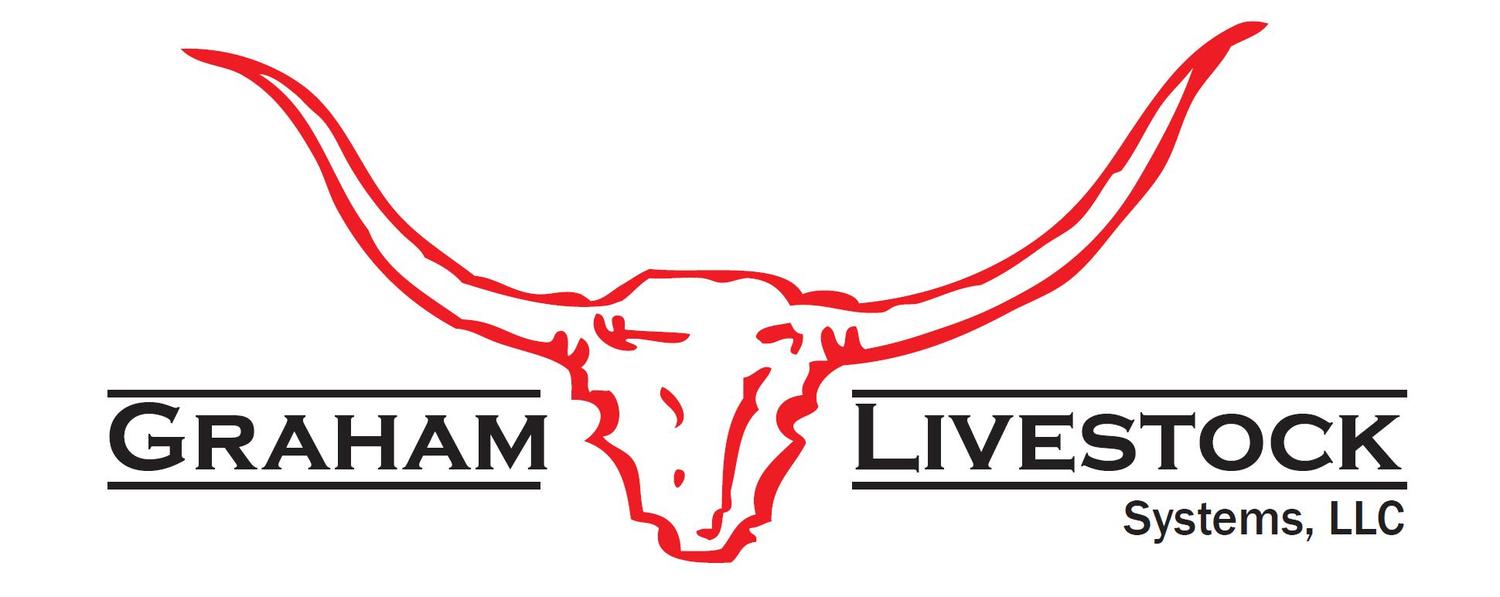The Hot-Dipped Galvanized Advantage
What is hot-dipped galvanization?
Hot-dipped galvanization is a process of dipping steel into molten zinc for a specified amount of time to allow a reaction between the zinc and the iron in the steel to take place. Once completed, a tight bond between the steel and the zinc forms that seals and protects the underlying steel from corrosion.
Why use hot-dipped galvanization?
Left unprotected, steel will rust. Cattle equipment in particular is very susceptible to rust given the fact that handling facilities are often exposed to the elements all year round and also cattle manure itself can hasten the corrosion process. Paint has traditionally been used to provide a layer of protection between steel and the environment, but it's ability to protect fades significantly over time. Chips and defects in the coating can allow moisture to penetrate underneath making it possible for steel rust under the paint coat. Also, painting can only protect the outside parts of equipment leaving the inside of steel tubing exposed to moisture. Hot-dipped galvanizing uses zinc to provide protection from corrosion and the bond formed after the process is much stronger than the bond between paint and steel. If the steel becomes exposed to the elements, the surrounding zinc sacrificially corrodes and protects the underlying steel. Additionally, the dipping process ensures a uniform coating and penetrates the interior of pipes and other component pieces to seal and protect the equipment from the inside out.
For more information on the hot-dipped galvanization process and its advantages please visit the American Galvanizers Association's website.



